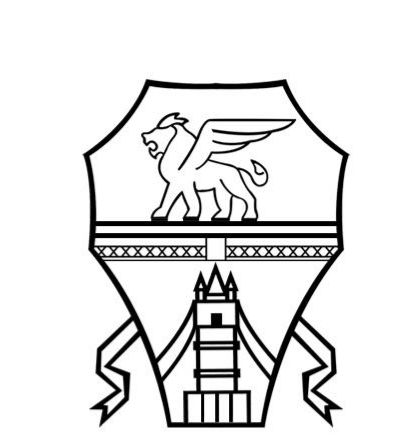The loading speed is one of the fundamental characteristics for a site that aims to have a high traffic, as it directly affects the user experience .
A fast site generates a longer time spent by the visitor, allowing him to know the company brand and the services it offers. This will result in an increase in contact requests and , probably, an increase in sales .
What does having a slow site entail?
A site whose pages take a long time to load (already 5 seconds can be a lot!), Generates a state of frustration in the visitor who may decide to leave the browsing session after a few seconds.
People hate waiting , especially online. The web has speeded up the information retrieval processes and we are no longer prepared to wait. At one time people went to the library for research, or opened the home encyclopedia. Now it is sufficient to make a query (query of a database) on Google through our smartphone to have an instant answer, at any time, wherever we are.
How many times has it happened to us to carry out a search to find information after having encountered a problem, or to heal a sudden curiosity, finding ourselves browsing through sites that we do not know. At that moment we have an unconscious need to get an answer as soon as possible. Consequently, if the site loads slowly, we abandon it and move on to the next result (perhaps the competitor’s site).
For websites it is therefore essential not only to create excellent texts and use keywords correctly, able to position them on the top of the SERP (the search engine results page), but above all to have fast loading times that do not allow the visitor to “escape” even before viewing the content.
If you have an e-commerce, don’t underestimate speed
Response time and abandonment rate are two values that have a key influence on the traffic of a site. If a page takes longer than 4 seconds to load, the churn rate increases by 25% and goes up to 50% at the 10 second wait. This is even more true for e-commerce, where speed directly impacts sales, as those who buy online do so above all for the immediacy of the purchase.
A slow e-commerce irritates the user and risks not making him complete the purchase , leaving the products on the cart. The consequences can be, in the first instance, the decrease in the volume of sales and customers, while, in the long term, shorter life cycles of the same, less loyalty to the company, first on the web, with the risk that later it also occurs “Offline”.
Managing and optimizing a website is not easy and a lot of resources are needed, but let’s remember that the site helps to generate the digital image of the company , it is its showcase, while for e-commerce it is even the place to do business . Now the real and digital environments are overlapping , they are one the continuum of the other, for this reason it is necessary to make the site an accessible and easy to use place, just like the real physical space.




